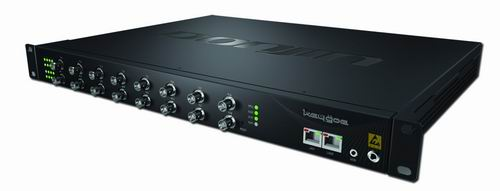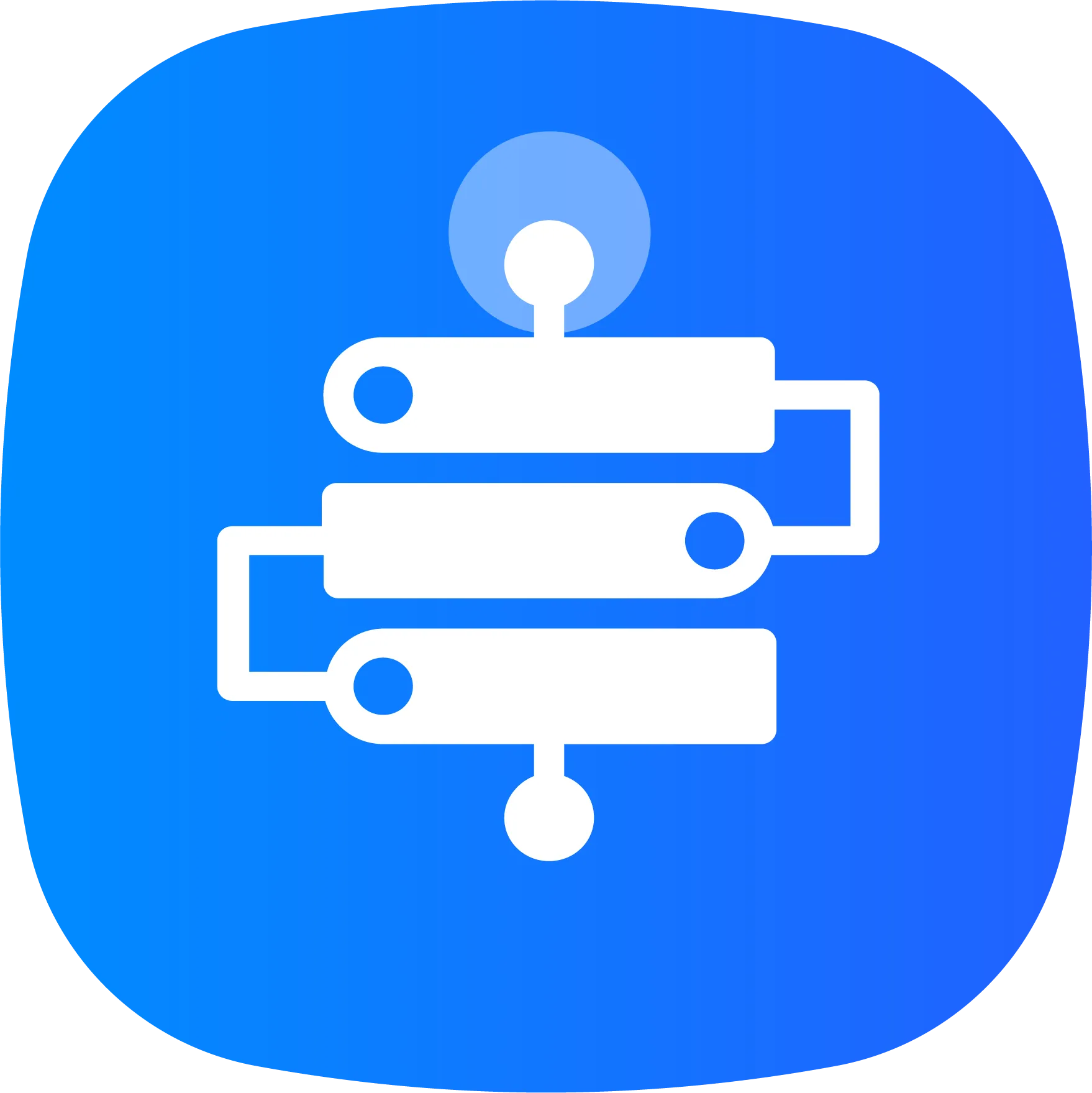Global IT supply chain
International transportation + IT O&M outsourcing + self-owned backbone network
Today, we introduce you to the two major remaining connection methods for switches - redundancy and stacking
SpanningTree redundant connection: working mode is StandBy, one link is working, the rest of the links are in standby (StandBy) state, no improvement in efficiency, reliability improved.
PortTrunking connection: Multiple redundantly connected links achieve load sharing. The linking bandwidth between switches is increased exponentially, and reliability has been enhanced.
Stacking refers to combining more than one switch to work together in order to provide as many ports as possible in a limited space. Multiple switches are stacked to form a stacking unit. Stackable switch performance metrics include a “maximum stackable count” parameter, which refers to the maximum number of switches that can be stacked in a stacking unit and represents the maximum port density that can be provided in a stacking unit.

The two concepts of stacking and cascading are both different and related. Stacking can be seen as a special form of cascading. They are different in the following ways:
① Cascading switches can be far apart (within the media license), while multiple switches within a stacking unit are very close to each other, usually no more than a few meters.
②Cascading generally uses common ports, while stacking generally uses dedicated stacking modules and stacking cables. Generally, switches of different manufacturers and models can be cascaded with each other, unlike stacking, which must be done between stackable switches of the same type (at least they should be of the same manufacturer);
③ Cascading is just a simple connection between switches, while stacking is using the whole stacking unit as one switch, which means not only an increase in port density, but also a widening of system bandwidth.
Currently, the mainstream switches in the market can be subdivided into two categories: stackable and non-stackable. Among the switches that are claimed to be stackable, there are virtual stacking and true stacking. The so-called virtual stacking is actually a cascade between switches. Instead of a dedicated stacking module and stacking cable, the switches are stacked through Fast Ethernet ports or Giga Ethernet ports, which is actually a cascade in disguise. Even so, virtual stacking of multiple switches can already be managed as one logical device in the network, making network management simple.
A significant portion of stackable switches on the market today are of the virtual stacking type rather than the true stacking type. Obviously, true stacking is much higher in performance than virtual stacking, but there are at least two benefits to using virtual stacking:
(i) Virtual stacking often uses standard Fast Ethernet or Giga Ethernet as the stacking bus, which is easy and inexpensive to implement;
② Stacking ports can be used as normal ports, which helps protect user investment. Virtual stacking using standard Fast Ethernet or Giga Ethernet ports can greatly extend the scope of stacking, making it no longer confined to a single cabinet.
Stacking can greatly increase switch port density and performance. Stacking units have the port density and performance to rival large rackmount switches at a much cheaper investment and much more flexible implementation than rackmount switches. That’s where the advantages of stacking come in.
Rackmount switches are arguably the product of a higher stage of stacking development. Rackmount switches generally belong to the departmental level or above, which have multiple slots, high port density, support multiple network types, better scalability, and high processing power, but are expensive.
Stacking is only available between switches that support stacking, using special stacking cables connected using certain connections through the stacking interfaces provided on the switch. Stacking of multiple switches is achieved by a multi-port stacking parent module that provides backplane bus bandwidth connected to a single-port stacking sub-module and plugged into different switches to achieve switch stacking.
All the switches in the stack can be managed as one whole switch, that is, all the switches in the stack can be considered as one switch from the topology. Switches stacked together can be managed as a single switch. The benefits of switch stacking technology, which uses specialized management modules and stacking connection cables, are that on the one hand it increases the number of user ports and enables a wider broadband link between the switches, so that each actual user bandwidth in use is potentially wider (only if not all ports are in use). On the other hand multiple switches are able to act as one large switch for unified management.
The 3 techniques of cascading, stacking and clustering of switches are both different and related. Cascading and stacking are the prerequisite for achieving clustering, and clustering is the purpose of cascading and stacking; cascading and stacking are hardware-based; clustering is software-based; cascading and stacking are sometimes very similar (especially cascading and virtual stacking), and sometimes very different (cascading and true stacking). With the development of LAN and MAN, the above three technologies are bound to be more and more widely used.

International transportation + IT O&M outsourcing + self-owned backbone network

Cellular chips + overseas GPS + global acceleration network

Overseas server room nodes + dedicated lines + global acceleration network

Global acceleration network + self-developed patented technology + easy linking

Global Acceleration Network + Global Multi-Node + Cloud Network Integration


